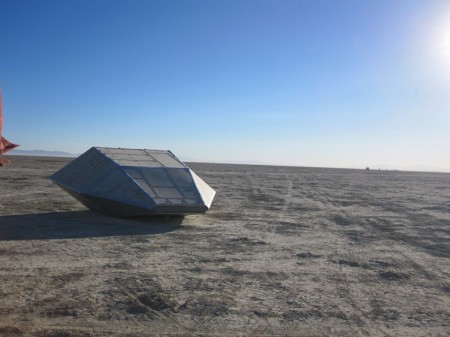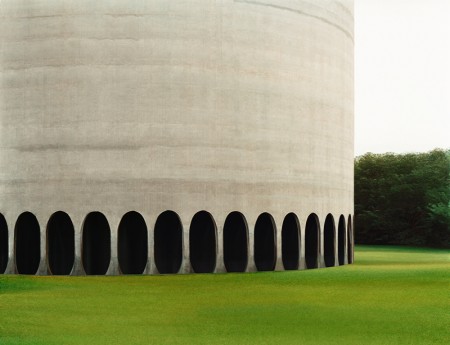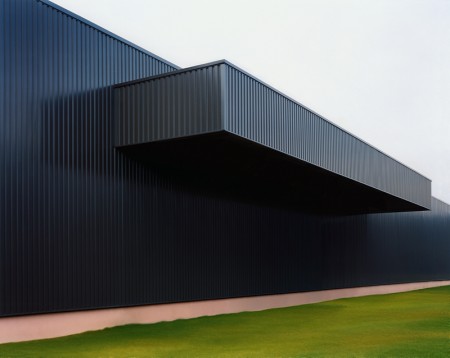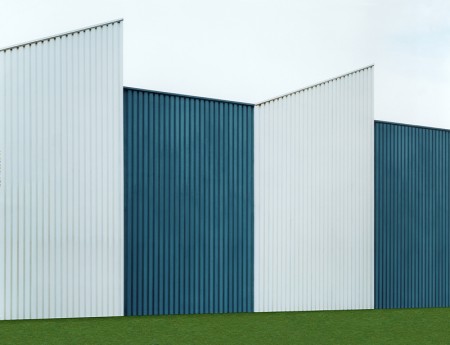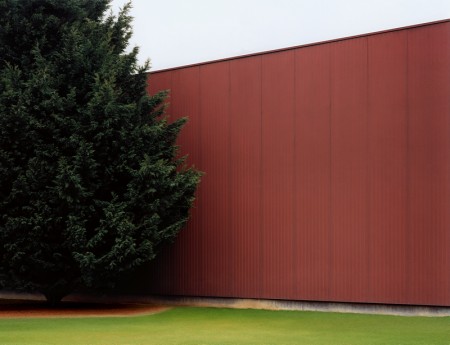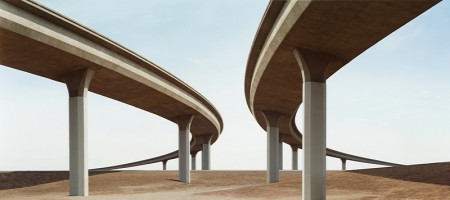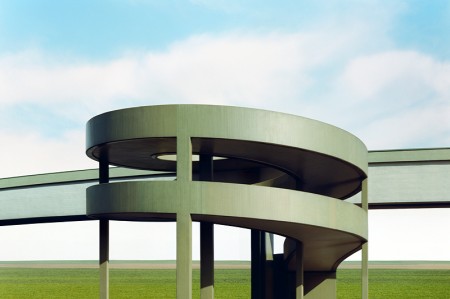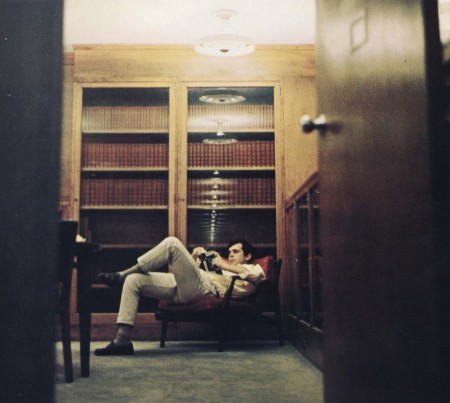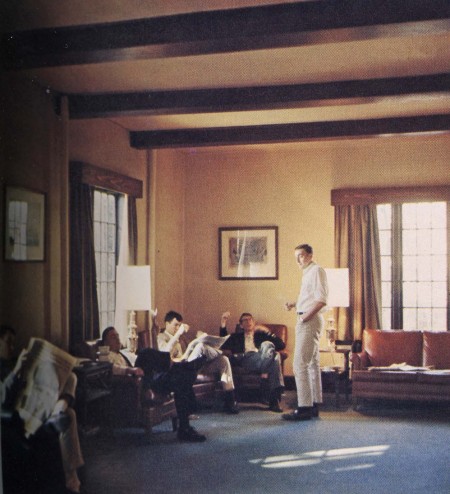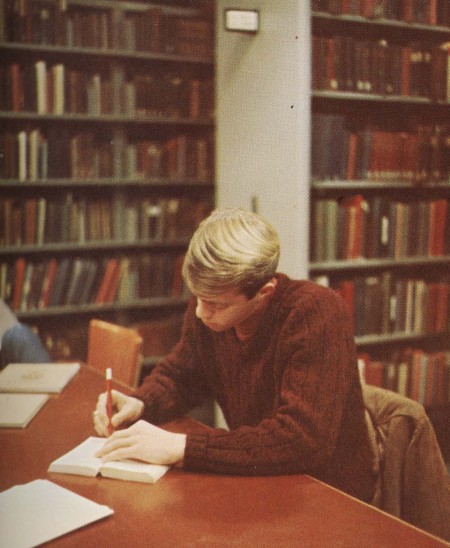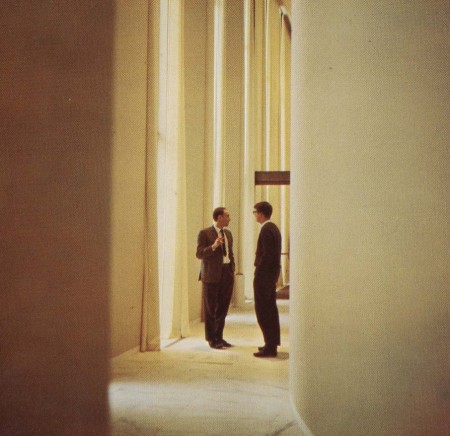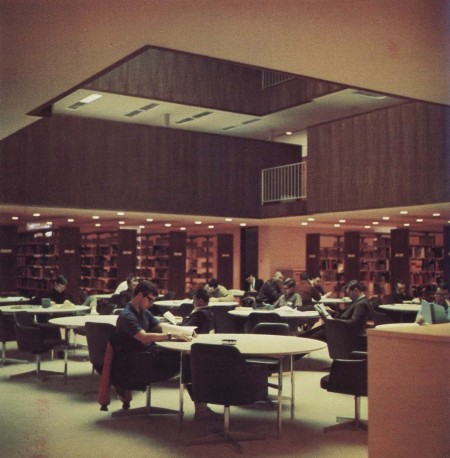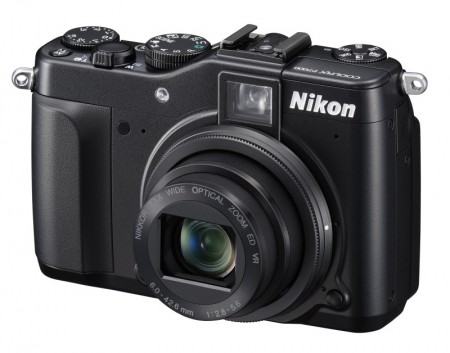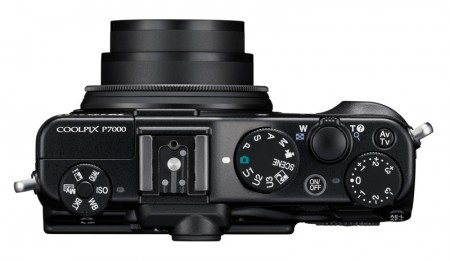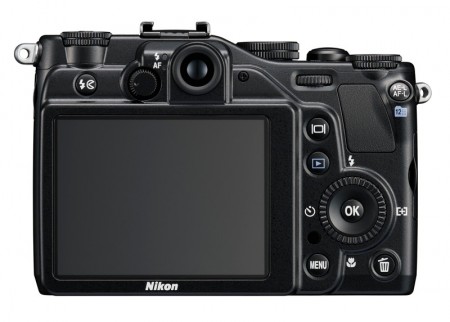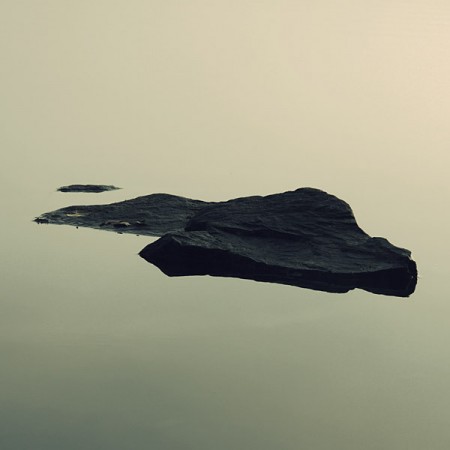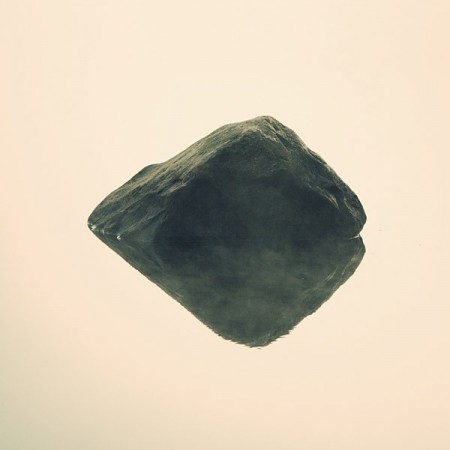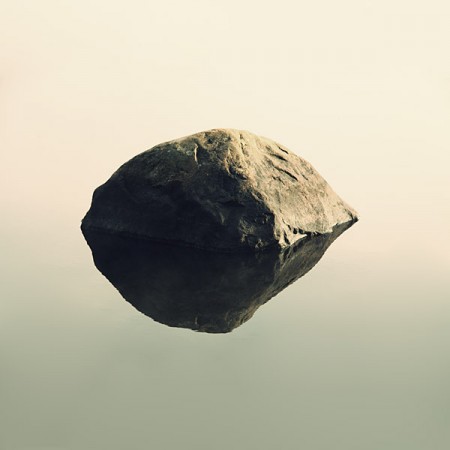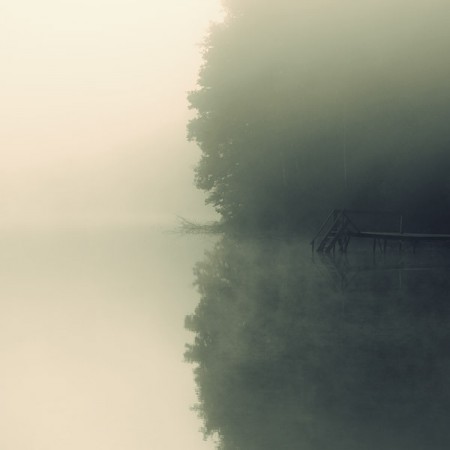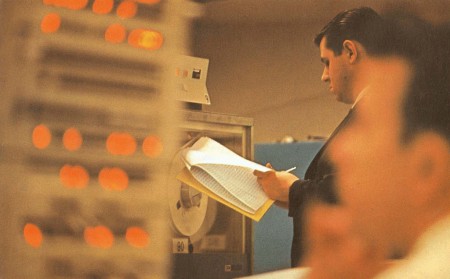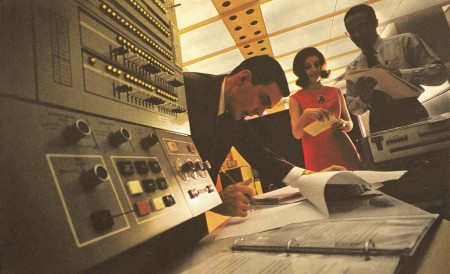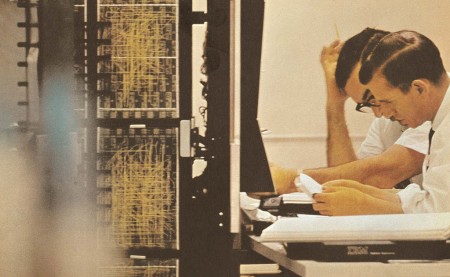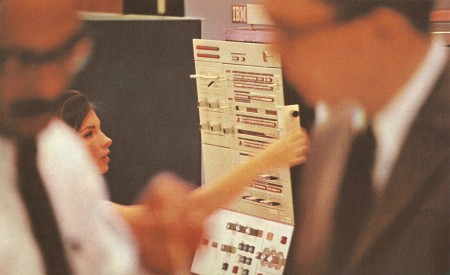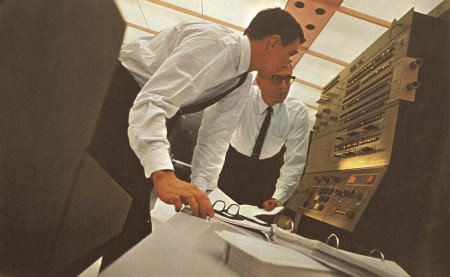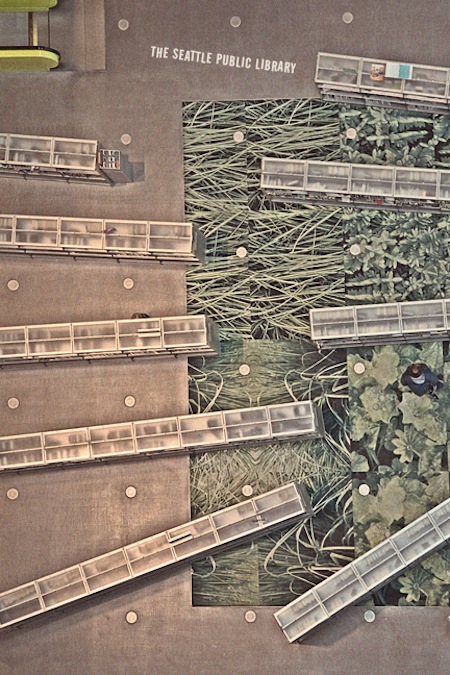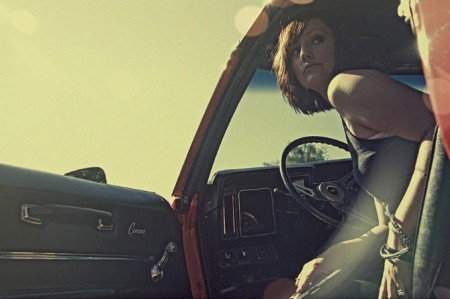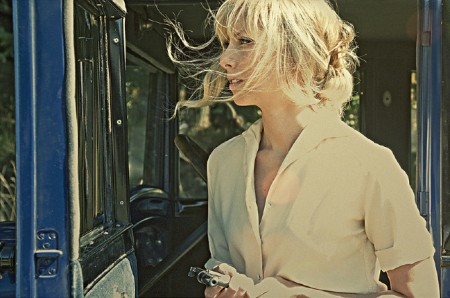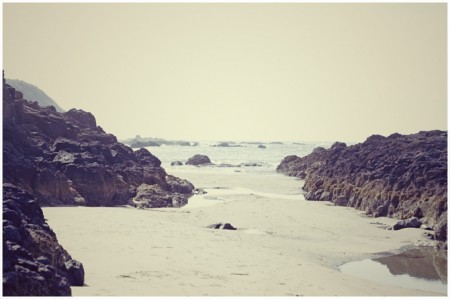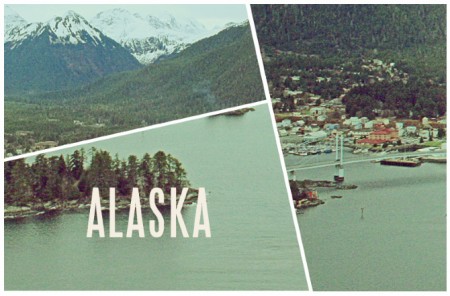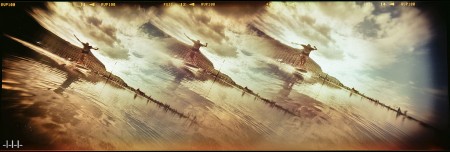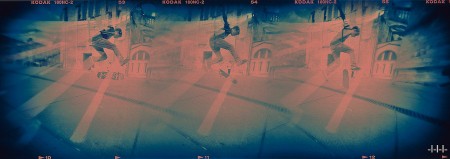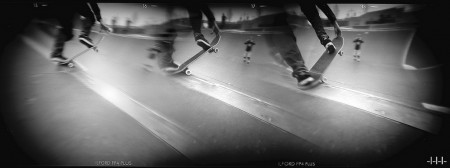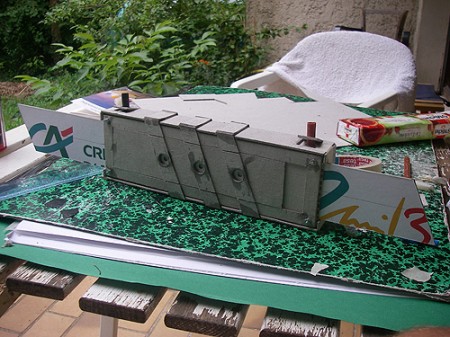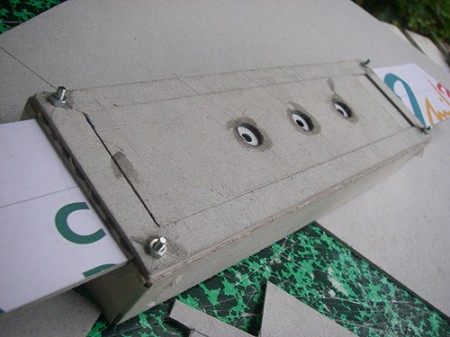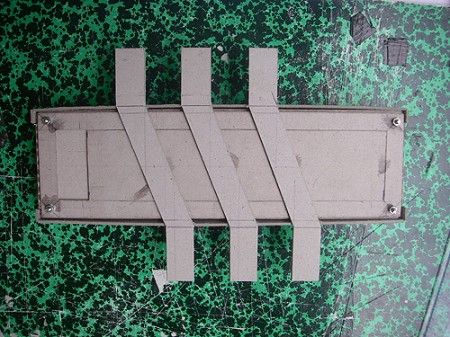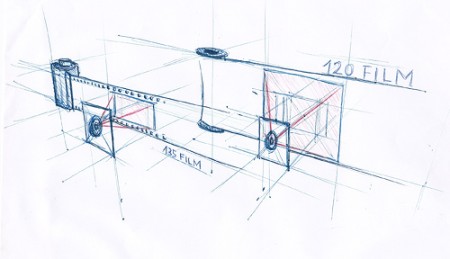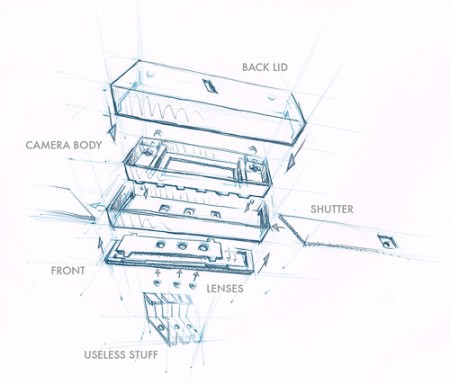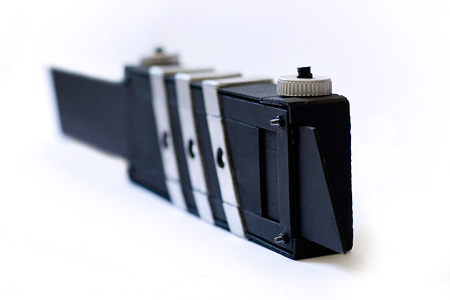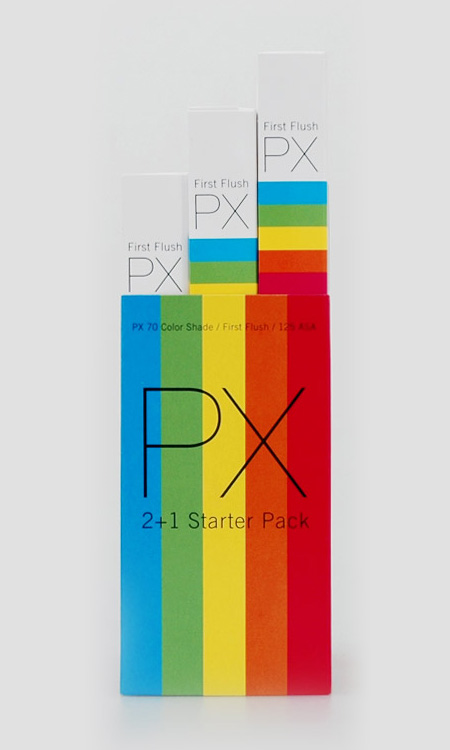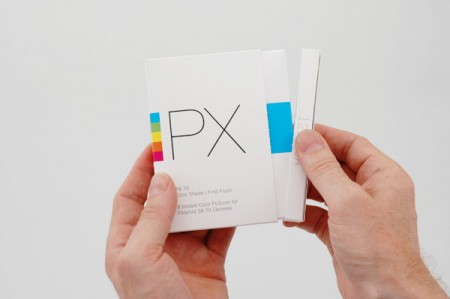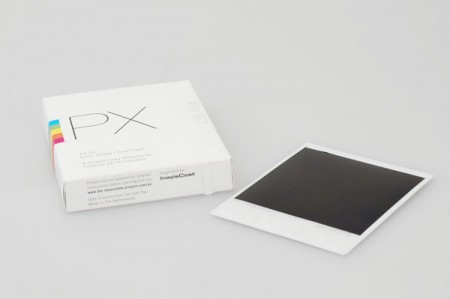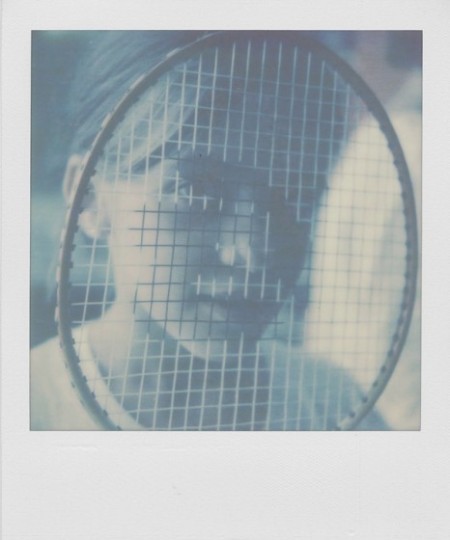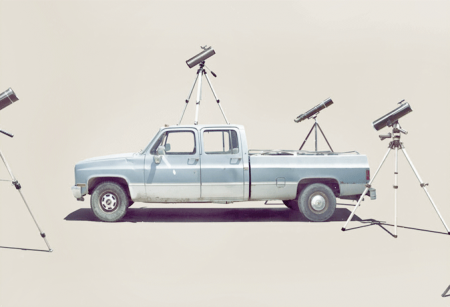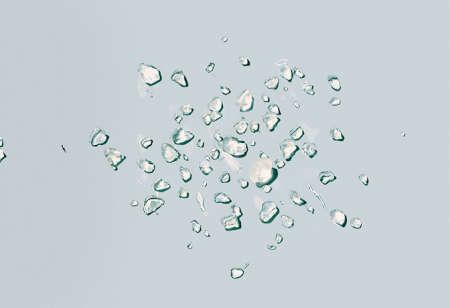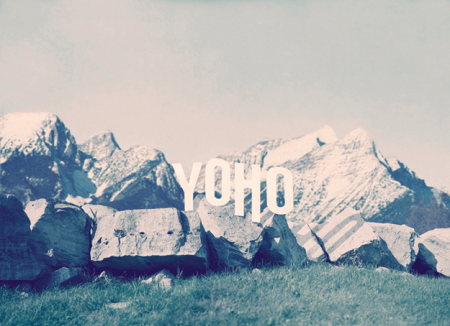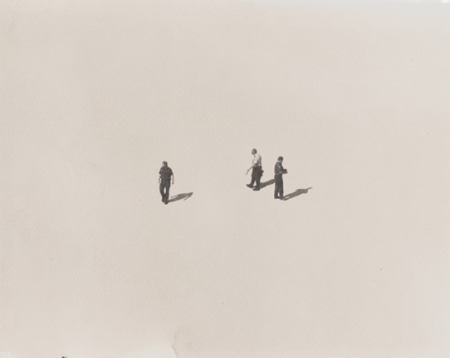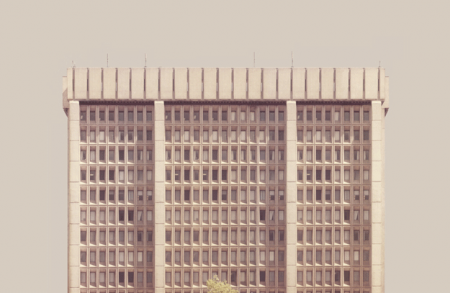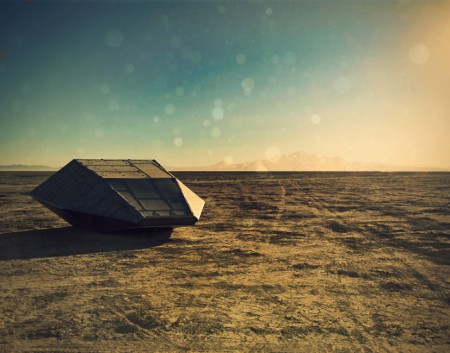
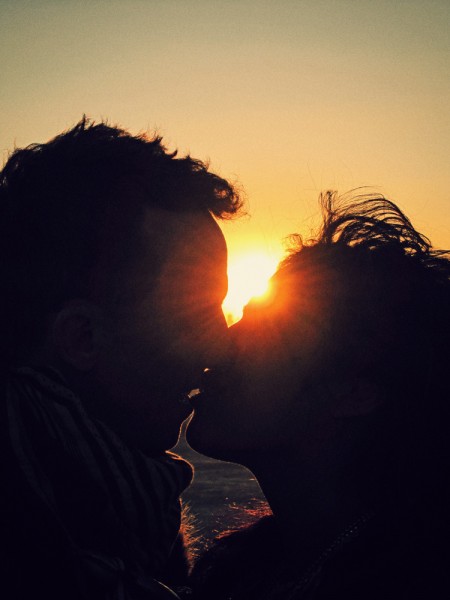
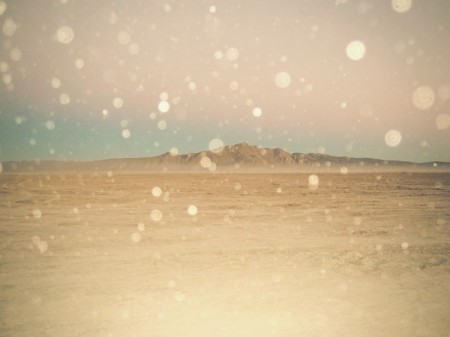
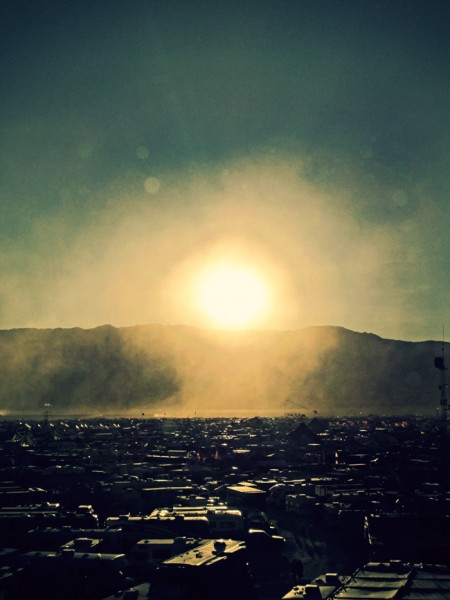
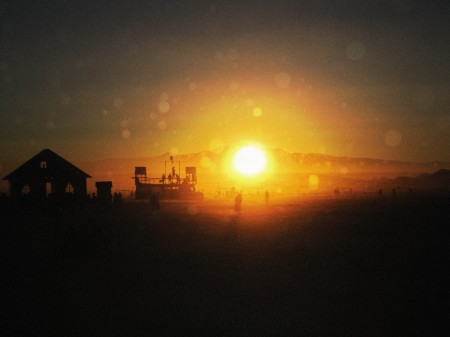
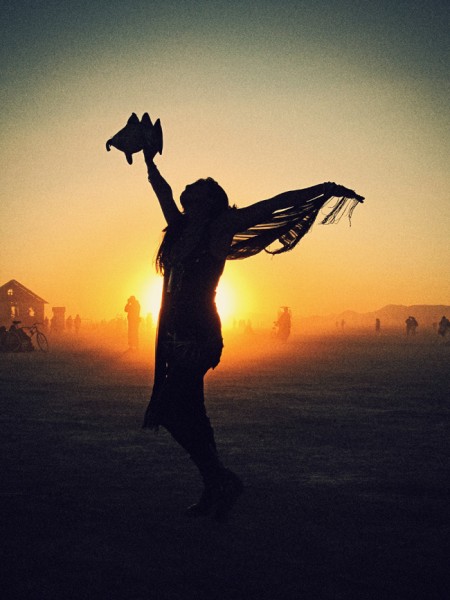
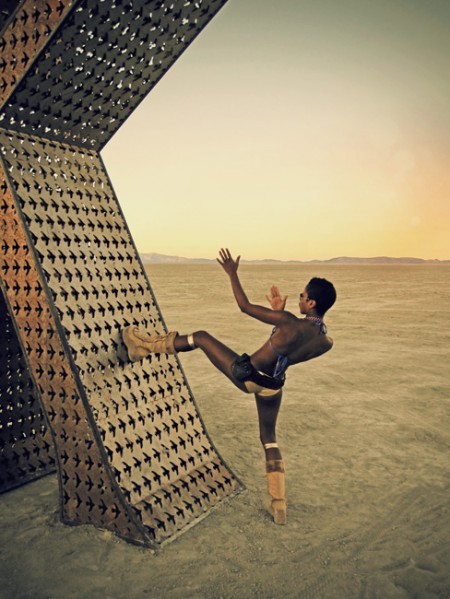
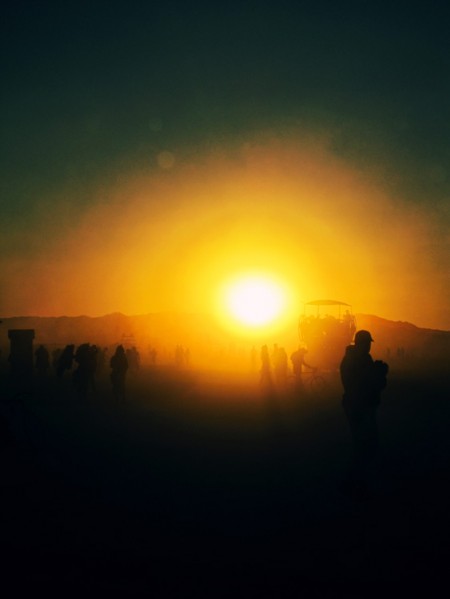
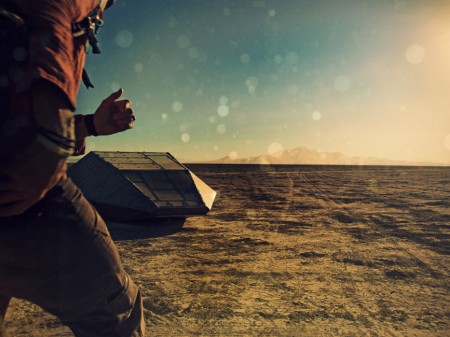
So after years of being goaded by my friends I finally took the plunge and went to Burning Man. I figured it would be a good idea to bring a camera but I had heard that the dust could wreak havoc on the delicate inner-workings of a DSLR so I decided to leave the D80 at home and bring my little SD780 Elph. It ended up working out great, that little thing surprised me every time I used it. But this being my first time, I wanted to focus more on the experience and not be worrying about getting shots the whole time. Consequently, I didn’t come home with a whole lot of material, but I was really happy with what I did manage to get. Next year I am definitely going to bring the D80 (or whatever I’m shooting with at that time) and focus more on shooting, the place is a photographer’s dream.
Above are some examples of the shots I did get; all have been post-processed and most are multiple-exposures. As you can see, the place was downright otherworldly in terms of aesthetics; the beauty of the desert (a place I’ve spent very little time in my life) was absolutely breathtaking. The texture of the sand (which was extremely fine, almost like talcum powder) seemed like what I’d imagine the moon to be like. As the images above will attest, I was somewhat preoccupied with the sun, but you’ll have to forgive me as the sunrises and sunsets were some of the most beautiful I’ve ever witnessed. Some of the photos are available for purchase as prints at the ISO50 Photographic site.
As for the experience itself, I could go on and on but I’ll spare you the details and just say that is was without question a high point for me. The music, people, and artwork were all incredible. I brought with me a lot of preconceived notions about what Burning Man is and the kind of people who go there, but within the first hour or so of being out there in the desert with 50,000 people, every one of those notions were proven to be completely wrong. Try to make it out there if you have the opportunity, it’s really something special to be a part of.
Edit: I’ve discussed the process of creating these images a little in the comments.
Edit: ZX asked in the comments if I could post an unprocessed image, the example below is the raw output from the camera. After processing it became the top-most image above (this one). I really had a great time working with these images and I think I am closer than ever to becoming a Canon convert with my next DSLR purchase.
